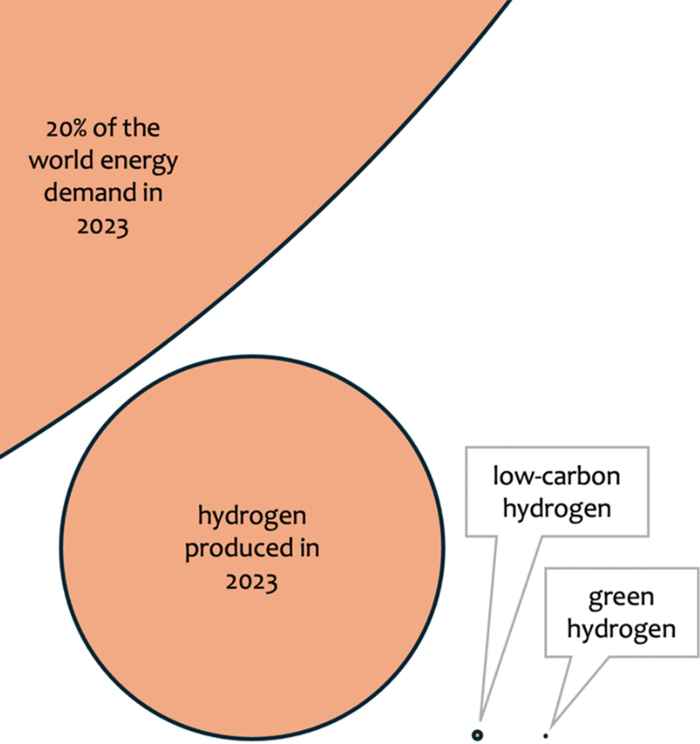The hydrogen economy “fairytale”
12 June 2025

The narrative regarding the future hydrogen economy is mainly based on five simple facts. Hydrogen is the most abundant element in the universe; it is easily produced from water by electrolysis; when burned it produces only energy and water vapor; it produces more heat (per kilogram) than natural gas, gasoline or diesel; and finally the production of so-called “green” hydrogen can be powered by electricity that is sustainably generated using sunlight or wind. The powerful message then is: Given enough wind turbines and/or photovoltaic cells, the world economy can run on green hydrogen, abolishing fossil fuels and reducing carbon emissions to zero.
All the above is true, but according Ehrhardt and Rothenberg, it is hardly relevant to establishing an hydrogen economy. The narrative fails to mention that although hydrogen is abundant, it is not freely available on Earth; that electrolysis of water on a large scale is very expensive; that even though the gravimetric energy density is high, the volumetric energy density is low; and finally that it does not include the money and time that has to be invested to make large-scale green hydrogen a reality.
A realistic analysis

In their paper, Ehrhardt and Rothenberg present a quantitative and realistic analysis of the current situation of hydrogen production worldwide and subsequently calculate the requirements for applying so-called “green hydrogen” as an energy carrier on a scale that would make a sizeable change in the world energy market. They thus present a reality check that leads to the conclusion that the future of the world energy demand in the coming decades will remain fossil-carbon based. The role for wind and solar power will increase, but due to the growing demand for energy, especially by 2.5 billion people in Africa and Southeast Asia, the overall energy demand in the world will increase such that all energy sources will have to be utilised.
The researchers consider the ambitious green hydrogen goals of the US Government and the European Union to be unrealistic. “With no clear and convincing business case, there is no incentive for large-scale investment in water electrolysis. The low cost and abundance of fossil fuels, and the absence of a unified worldwide carbon tax policy rule out any chance that green hydrogen would account for even 10% of the world energy demand by 2050. Even if there were a clear incentive by then, building a worldwide green hydrogen infrastructure would take decades. Fairytales are nice, but in reality there will be no hydrogen economy in the 21st century.”
Paper details
Tycho Ehrhardt, Gadi Rothenberg: The hydrogen economy fairytale. Green Chem., 2025, 27, 6690-6698. DOI: 10.1039/D5GC00946D
See also
- Research group Heterogeneous Catalysis and Sustainable Chemistry
- C2W International: The hydrogen economy is a fleeting fairy tale